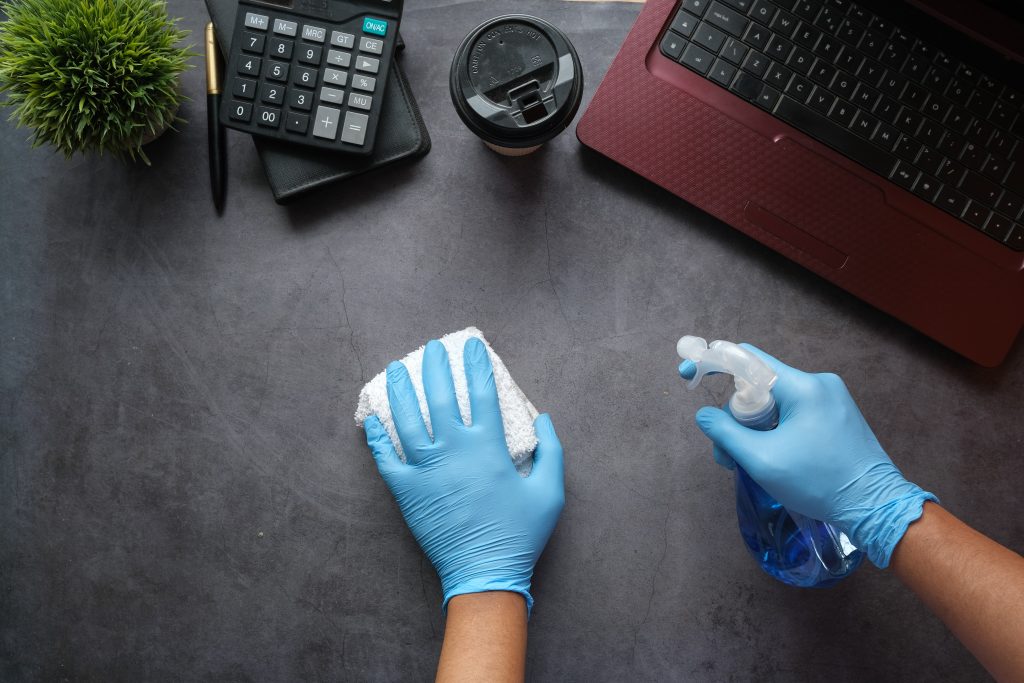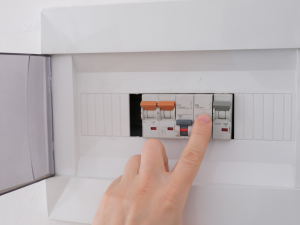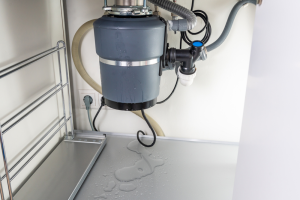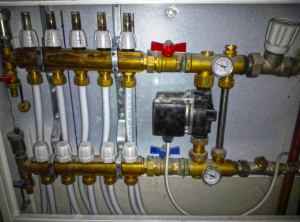The world is in a constant race to manage the coronavirus pandemic. And even as the COVID-19 vaccine rolls out in most countries, people are still getting infected. While some come down with mild symptoms, others even need medical attention, with some even succumbing to the virus. Viruses can be present on objects. However, the objects cannot get infected with a virus. While the transmission from one person to another is more than transmissions via surfaces, you should disinfect all surfaces, especially high-touch surfaces regularly. Disinfecting a house after a coronavirus infection is vital to prevent cases of re-infection or even infecting other persons. You can also call Clover services because they offer an Air Purification System.
Clean the house before disinfecting
Cleaning entails the removal of contaminants from a surface. Jumping off to disinfecting a dirty area may not be effective after all. Cleaning removes dirt, crumbs and dust from surfaces as well as a few germs. To clean the home, you can use water and a mild detergent. Wait for all the surfaces to dry before disinfecting.
Disinfect the entire area and all the components
Once all the surfaces are clean, the next step is disinfecting. When properly done, disinfecting is very efficient at killing any remaining germs on the surfaces. Ensure that you wear personal protective equipment such as glasses, gloves and goggles. Using a recommended disinfectant, wipe off all the surfaces, stressing more on the high touch areas such as table surfaces, doorknobs, kitchen counters, faucets, toilets, game controllers, light switches, TV remote controls and dining chairs.
Also, not every disinfectant in the market is effective against COVID-19. As such, be sure to use a disinfectant recommended for COVID-19. And where a disinfectant is not available, bleach solutions work just well in disinfecting surfaces against the virus. To make a homemade bleach disinfectant, add 4 teaspoons of household bleach and 1-quart water to a spray bottle and shake vigorously.
Given the use of harsh chemicals, ensure that you have adequate ventilation by keeping the windows and doors open as well as the fan running. After disinfecting, wash your hands with mild soap and water immediately after removing the gloves. You can also use a hand sanitizer that has at least 60% alcohol.
How to disinfect soft surfaces
For soft surfaces such as rugs and carpets, start by cleaning them with a recommended cleaner or a solution of soap and water. You can also launder the items with the appropriate water settings and let them dry completely. Once dry, continue to disinfect with a recommended soft surface disinfectant. Put on a mask and vacuum as usual.
How to disinfect electronics
Common electronics such as phones, remote controls, tablets and keyboards can harbour dirt, viruses and even bacteria. As such, they should not be ignored during regular cleaning and even when disinfecting the entire home. To make cleaning easier, put a wipeable cover on the electronics. Since most of these products are sensitive to water and cleaning products, ensure to follow the manufacturer’s guidelines to prevent damage. Once clean, use a disinfectant to wipe all over the surfaces. Please note that most electronics disinfectants contain alcohol.
How to disinfect laundry
It is safe to wash laundry from a person who was sick with other laundry. However, ensure to use the warmest appropriate water settings and dry the laundry completely. However, if the person is still sick, wear a mask and protective clothing and wash hands after handling the laundry.
How to disinfect outdoor areas
You want to keep the virus at bay. However, spraying disinfectants in outdoor areas such as roads or sidewalks is not recommended, effective or necessary. Outside surfaces that are made with metal or plastic such as play structures and grab bars should be cleaned regularly. Disinfecting ground covers such as sand or wooden surfaces such as benches is not recommended.
Here are some tips for using chemical disinfectants safely:
- Every product comes with directions on how it should be used. And since some of the disinfectants in the market contain harsh chemicals, ensure you read and follow the products’ directions of use. With most disinfectants, you will be required to wear protective equipment such as glasses, gloves and goggles. For others, you may be required to leave it for a few minutes after application before wiping. And if wiped off immediately, the disinfectant may not be effective.
- Ensure you have adequate ventilation when disinfecting the house. Please note that you should not open the windows and doors after disinfecting. Rather, ensure that there is adequate ventilation before you start disinfecting.
- If a product requires you to dilute it with water, you should only use water at room temperature.
- Never mix chemicals and products. The coronavirus is not one to play around with. And if you just got home after being sick, you want to ensure that all areas are disinfected to prevent a re-infection or an infection in other persons. However, some chemicals and products might react to even emit toxic fumes.
- Use only the recommended amount of disinfectant. If you must dilute the disinfectant before use, only use the recommended amounts. Too low amounts may not be effective while too high amounts may be dangerous or have adverse health effects.
- Always label the disinfectant solutions.
- Keep disinfectants away from children.
- Do not use disinfectants to clean any part of your body as they can cause serious harm.
- If you or any member in the household has asthma or other respiratory conditions, check out for considerations since some disinfecting products can trigger such conditions.
What not to do when disinfecting your home after Covid
- Do not disinfect your food and snacks- There is no evidence suggesting that the coronavirus can be transmitted via food or food packaging, provided standard food safety measures are observed. This means that everyone in the household should wash their hands with soap and water before and after handling food. Disinfecting food may transfer disinfectants in the food, making it unsafe to consume.
- You do not have to disinfect mail and packages- However, if your packages may have been handled by neighbours or you share a mailbox with someone, you can give the packages a disinfecting wipe.








